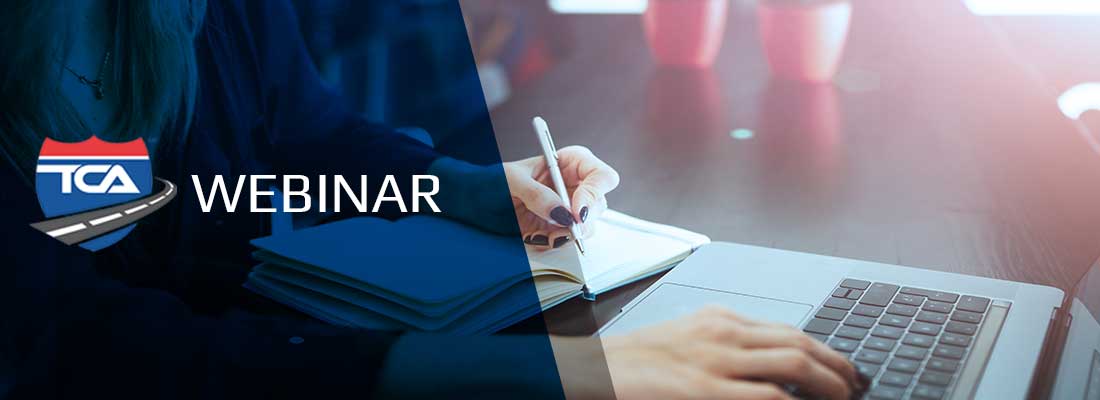Experts advise on pitfalls to avoid and best way to select a tech partner
Before trucking fleets decide to use free or inexpensive consumer grade tablets for their electronic logging device (ELD) and telematics system, they should consider this scenario: A driver is 100 miles away and the device breaks or is lost or cannot connect to a power supply. How many people will have to immediately jump into action, and how much will it cost the company to fix?
This scenario is why Lou Giardelli, IT director for Veltri Inc., recommends fleets conduct a cost-study analysis when considering the true cost of their ELD choice. That can help fleets uncover expenses they originally did not account for, including the need for back-up hardware and the human capital required to keep unreliable technology running. Giardelli appeared on a recent webinar hosted by ISAAC Instruments and the Truckload Carriers Association (TCA).
Veltri’s story
Veltri, which works closely with the U.S. Postal Service and another large delivery service, does not have the same hours-of-service concerns as long-haul trucking fleets. Yet, Giardelli said Veltri suffered mightily with its unreliable ELD and telematics provider.
He said the old provider and consumer-grade, non-ruggedized tablet created too many reliability issues. That included the devices breaking too easily, frequent connectivity problems in the truck cab and communication gaps between drivers and dispatch.
These problems caused Veltri to seek a change during 2021. The carrier evaluated five other providers before eventually selecting ISAAC as it sought to improve the user experience for the driver and the fleet’s daily operations.
“Ultimately it comes down to being able to reach out to your drivers, have clear communication and have them deliver,” explained Giardelli.
Keep the wheels turning
This motto is the goal of all fleets and drivers, Trent Gilles, technical solutions specialist for ISAAC, added during the webinar. So, it’s important fleets keep in mind that consumer-grade hardware is not designed for the harsh environments truckers face—from extreme temperatures to the physical nature of the job.
It’s also why more fleets are finding rugged telematics devices and ELDs such as the ones in ISAAC’s solution to be a better choice. Having the right telematics partner means drivers do not have to worry about fixing technology glitches on their own if a potential problem arises.
Understanding the total costs
While the cost of a device or the monthly service charge are considered upfront costs, Gilles stresses the importance of recognizing the “unaccounted for” costs. That includes keeping extra stock on hand to replace broken devices.
Other soft costs include the downtime for drivers and the need to get back-up HOS paperwork to them when an ELD malfunctions. This also increases the chances of deliveries being delayed and frustrated drivers seeking employment elsewhere.
Importance of references
Gilles suggests not only seeking out newer references to get a good perspective on installation and training, but also older references that are past the “honeymoon” phase. That will provide an accurate glimpse into the ongoing support a telematics provider provides.
In Giardelli’s case, that included seeking out larger carriers, which he said gave Veltri the confidence that ISAAC could meet its specific needs.
Include the driver
Both Giardelli and Gilles stressed a key to success is including drivers in the initial feedback and selection process. As end users they are likely to feel the pain first and are most affected by a technology change.
“Drivers are the most important part of this. They are the key to the whole operation,” Giardelli stresses. “You can plan properly and get everything just the way you want it, but it won’t be successful unless the drivers are able to complete their tasks.”

About the author
Neil Abt
VP Public Relations, ISAAC Instruments
Neil Abt, Vice President of Public Relations at ISAAC Instruments, is a veteran journalist with over 25 years of reporting experience, including 20 years spent covering the trucking industry. A graduate of American University in Washington, D.C., he began his career covering sports for The Washington Post, followed by a position in the newsroom of America Online (AOL) and then both reporting and leadership roles at Transport Topics and Fleet Owner. Neil is based out of Portland, Oregon.










